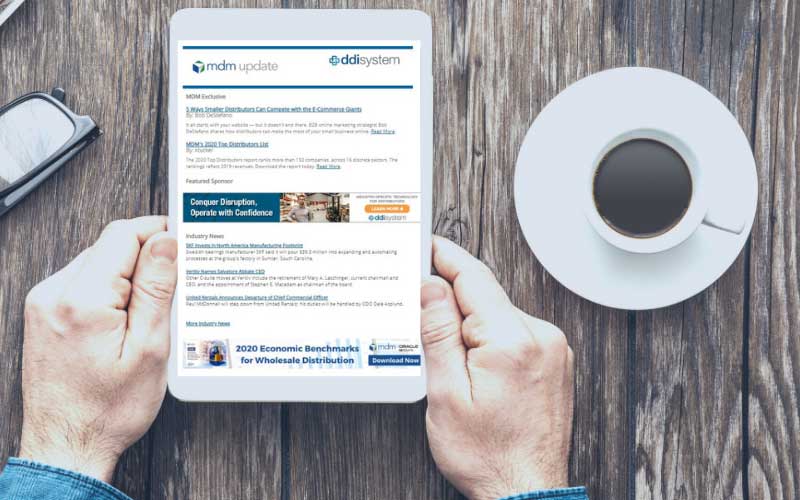Ingersoll-Rand plc (NYSE:IR), Swords, Ireland, reported that total revenues, excluding its divested Hussman refrigeration business, were flat for the fourth quarter of 2012 from the 2011 fourth quarter.
Profit was $235.6 million.
For the full year, sales were $14.04 billion, down 5 percent compared with the prior year. Excluding the results of the divested business, 2012 revenues were up by 1 percent.
Climate Solutions sales, focused on HVAC systems and building services, parts and controls for commercial buildings, and Thermo King, were $1.8 billion, down by 3 percent from the prior-year period. Excluding Hussman, revenues in this segment were down by 2 percent. Bookings, excluding Hussman, declined by 1 percent year-over-year.
On a year-over-year basis, total commercial HVAC revenues were flat, with a low-single digit percent decline in equipment and systems offset by increased revenues from parts, services and solutions. Commercial revenues increased in the Americas and declined in Europe and Asia.
Fourth-quarter bookings for commercial HVAC reflected a mid-single digit percentage improvement compared with the 2011 fourth quarter with gains in the Americas and Asia offsetting a slight decline in Europe. Thermo King refrigerated transport revenues decreased in the fourth quarter compared with last year, primarily due to declines in marine containers. Trailer and truck sales were up compared with last year as revenue gains in the Americas and Asia were partially offset by lower European volumes.
Industrial Technologies sales, focused on compressed air systems, power tools, pumps, material handling equipment and golf and utility vehicles, for the fourth quarter were $765 million, up 3 percent from the prior-year period. Air and Productivity revenues showed a low-single digit percentage increase, primarily due to gains in oil free air compressor sales. Bookings also increased by a low-single digit percentage year-over-year with gains in all geographic regions.
Club Car revenues increased by a high-single digit percentage compared with the fourth quarter of 2011, showing gains in golf cars and aftermarket activity. Bookings increased by a low-single digit percentage as golf-related markets continued to show slowly improving activity levels.
Residential Solutions, which includes the Trane and Schlage brands, saw fourth-quarter revenues of $422 million, a decrease of 5 percent compared with 2011. Bookings also declined by mid-single digit percentages year-over-year.
Total fourth-quarter residential security revenues were down low-teen percentages compared with 2011 as a result of lower sales to big-box customers, which offset increased year-over-year revenues from the new builder market and South American customers.
Residential HVAC revenues declined by a low-single digit percentage compared with fourth-quarter 2011 results. 2012 fourth-quarter HVAC unit shipments were flat compared with last year. Fourth quarter 2012 year-over-year revenue comparisons were negatively impacted by significant fourth-quarter 2011 shipments related to planned inventory reductions. Excluding the impact of 2011 inventory reductions, fourth-quarter 2012 unit shipments increased by high-single digit percentages compared with last year.
Security Technologies, focused on commercial security products and services, reported fourth-quarter revenues of $445 million, up by 7 percent compared with the fourth quarter of 2011. Revenues in the Americas increased by high-single digit percentages as price improvements and market share gains in mechanical products more than offset the impact of stagnant commercial building markets. Revenues in overseas markets increased by a mid-single digit percentage as declines in European revenues were more than offset by strong growth in Asia.
Overall segment bookings were up mid-teens, with bookings improvement in the Americas and Asia and declines in Europe. Fourth-quarter segment operating margin was 20.6 percent, up by 1.5 percentage points compared with 19.1 percent in the fourth quarter of 2011. The higher segment operating margin was due to improved volume, productivity and higher pricing, which were partially offset by inflation and higher investment spending.

